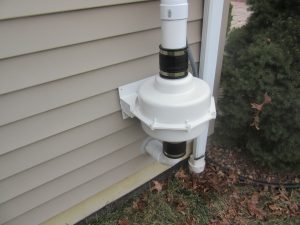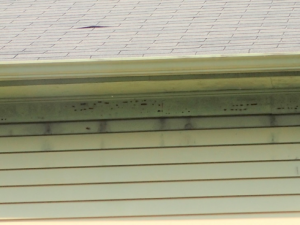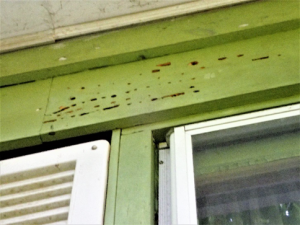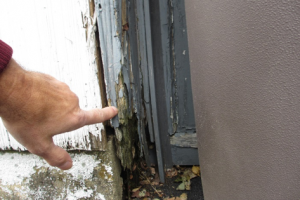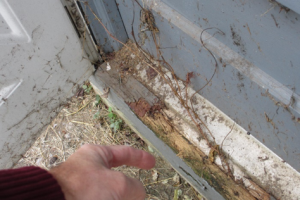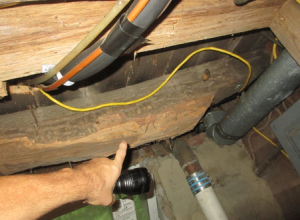Defining Mold: Mold Education For NJ Property Owners
Property Owners
As a New Jersey certified mold inspector, we = Jersey Strong Home Inspection felt that this post might be useful to homeowners on the subject of mold. In summary, Mold is a fungus that will grow in humid environments. While different types of mold are naturally present both indoors and outdoors, their presence indoors (due to water damage or humidity) can lead to tricky concentrations of spores and other substances. High concentrations may impact one’s health.
indoors and outdoors, their presence indoors (due to water damage or humidity) can lead to tricky concentrations of spores and other substances. High concentrations may impact one’s health.
The 3 Main Categories Of Mold
Here are the 3 main categories of mold, defined, including some details for each one.
1. Allergenic Molds
Allergenic Molds are the most common type of mold found inside properties. They release substances, irritants, and can trigger allergic reactions in sensitive individuals. The common types of Allergenic Mold include:
- Alternaria: Often found in water-damaged areas, it’s a common cause of hay fever and asthma.
- Aspergillus: A very common mold found both indoors and outdoors, with many species. While some are allergenic, others can be pathogenic or toxigenic. It can cause asthma attacks, respiratory inflammation, and lung infections.
- Cladosporium: Grows on fabrics, wood, and damp surfaces, known for triggering respiratory issues, skin irritation, and asthma.
- Penicillium: Often associated with water damage, found on carpets, mattresses, and wallpaper. It can cause respiratory issues like asthma and chronic sinusitis.
- Aureobasidium: Can appear black, brown, or pink, often found on wooden and painted surfaces. Exposure can lead to eye, skin, and nail infections.
- Chaetomium: Starts white, turns gray, then brown, and eventually black. It has a musty odor and cotton-like texture, often found in damp basements or near leaks. It can cause skin and nail infections and other issues for those with weaker immune systems.
- Mucor: White or gray and grows quickly in thick patches, often found near ducts and HVAC systems due to condensation. It can lead to respiratory issues, asthma, breathing problems, and fever. Prolonged exposure can cause mucormycosis.
- Ulocladium: Black in color, often grows on drywall and carpet in high moisture conditions.
The Health Impact of Allergenic Mold can be an allergic reaction, such as sneezing, runny or stuffy nose, coughing, postnasal drip, itchy eyes, nose, and throat, watery eyes, skin rashes (dermatitis), and hives. Or worse, there can be asthma attacks, like wheezing, shortness of breath, and chest tightness, especially in individuals with pre-existing asthma. And then there are other potential irritations, such as eye, skin, throat, and lung irritation that even non-allergic individuals might suffer. If so, it is due to mold spore or microbial volatile organic compounds (mVOCs) exposure.
2. Pathogenic Molds
Pathogenic molds can cause infections, especially in those with weakened immune systems. There is a potential for these to grow on or in a person’s tissues and/or organs. The common types of pathogenic mold include:
- Aspergillus fumigatus: A prevalent airborne fungal pathogen that can cause severe lung infections (e.g., aspergillosis) in immunocompromised individuals.
- Cryptococcus neoformans and Histoplasma capsulatum: While often found in specific environmental niches (like bird/bat droppings), they can cause serious infections in humans, especially those with compromised immune systems.
The health impact of Pathogenic Mold can be fungal infections (Mycosis), which might affect the skin, eyes, lungs, and other organs. These can, but do not typically affect healthy people. There can be respiratory diseases, which can lead to chronic lung conditions like bronchitis or pneumonia. This is especially so in those with pre-existing respiratory issues. And there can be fatigue and malaise, such as extreme tiredness and/or a general unwell feeling.
3. Toxigenic Molds
Toxigenic Molds produce toxic substances called mycotoxins, which can have severe health effects if inhaled, ingested, or when in contact with skin. The common types of Toxigenic Mold include:
- Stachybotrys chartarum (Black Mold): Often referred to as “black mold,” it’s a well-known toxigenic mold found in very damp areas, thriving on cellulose-rich materials like drywall, wallpaper, and wood.
- Some Aspergillus species (e.g., A. flavus, A. terreus, A. niger): While some Aspergillus species are allergenic, certain strains produce mycotoxins, including aflatoxins, which can be highly dangerous.
- Some Penicillium species (e.g., P. expansum, P. urticae, P. citrinum): Similar to Aspergillus, some Penicillium species are toxigenic.
- Fusarium: Commonly found in plant debris and soil, but can also grow in very damp areas indoors. It can produce dangerous mycotoxins.
- Acremonium: Another toxigenic mold.
- Trichoderma: While some species are generally allergenic, some can be toxigenic.
The health impact of Toxigenic Mold (from Mycotoxin exposure) might include respiratory problems and lung damage. There could be neurological issues such as Headaches, dizziness, fatigue, memory loss, “brain fog,” and in severe cases, neurological damage. There can be immune system suppression, making a person more susceptible to infections. Organ Damage is possible, including to the liver or kidneys. And there is also the possibility of nausea, nosebleeds, body aches, changes in mood, and severe asthma attacks.
Mold Considerations, Impact, And Inspection!
When defining mold, important considerations include looking at what the exposure levels were. The severity will depend on the amount of mold exposure, the duration, and any unique individual sensitivities a person may have. People with allergies, asthma, compromised immune systems (e.g., HIV/AIDS, organ transplant recipients, chemotherapy patients), infants, and the elderly are likely more vulnerable to mold-related health issues. And while Stachybotrys chartarum is often sensationalized as “black mold” and associated with severe health problems, many molds are black in color, and any significant mold growth, regardless of type, should be addressed due to potential health risks. Research suggests “black mold” is not always more dangerous than other molds, but its mycotoxins pose serious risks.
Ultimately, mold appearance alone is not enough to determine toxicity or health risk. Some highly toxic molds can resemble benign ones. So, if you suspect mold, contact Jersey Strong Home Inspection. As a certified company, we can do the necessary tests to accurately identify mold species, concentrations, and assess whether the mold poses a health risk and/or if remediation is needed.
Jersey Strong Home Inspection is a professional, experienced home inspector based out of Morganville, NJ, and servicing Monmouth County, Middlesex County, Mercer County, Union County, and surrounding areas. Our goal is to provide you with a thorough evaluation of the property as if we were purchasing it for our own family. Contact Jersey Strong Home Inspection today to schedule your home inspection!

 The Importance of a Pre-Listing Inspection for the NJ Home Seller
The Importance of a Pre-Listing Inspection for the NJ Home Seller Electrical: Open junction boxes, improper or unsafe wiring, fuses, aluminum wiring, and corrosion in the panel.
Electrical: Open junction boxes, improper or unsafe wiring, fuses, aluminum wiring, and corrosion in the panel. Exterior and Grounds:
Exterior and Grounds: Basement: Mold or mildew, water entry, lack of a needed sump pump
Basement: Mold or mildew, water entry, lack of a needed sump pump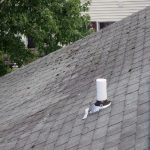 Roof: Damaged or aged shingles, too many layers, damaged sheathing, damaged gutters or downspouts
Roof: Damaged or aged shingles, too many layers, damaged sheathing, damaged gutters or downspouts Foundation: Cracks in the foundation, sloping floors, unsafe temporary floor supports, and water entry
Foundation: Cracks in the foundation, sloping floors, unsafe temporary floor supports, and water entry Plumbing: Leaks, water damage, corrosion on or aged cast iron drains, old leaking water heater
Plumbing: Leaks, water damage, corrosion on or aged cast iron drains, old leaking water heater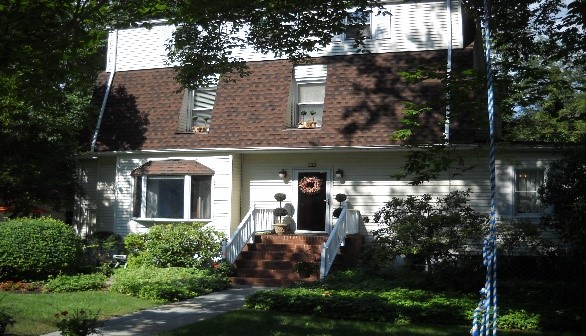


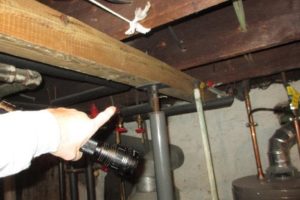

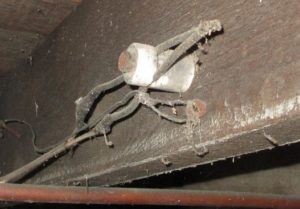

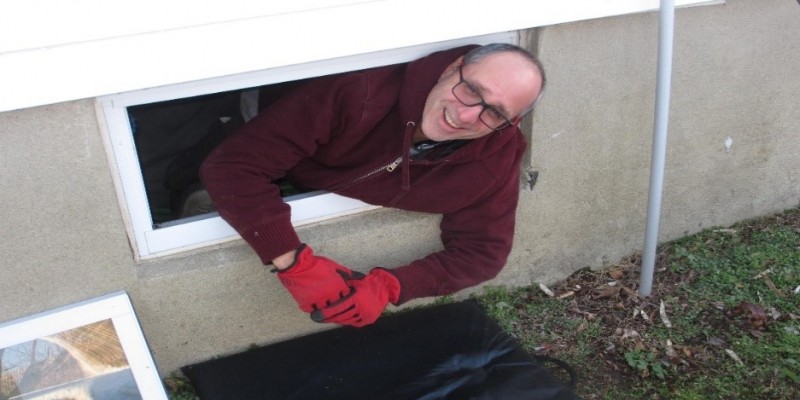

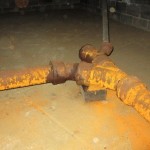
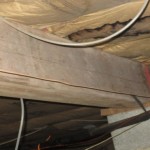

 Before we get into why radon testing is so important for the health of your home, let’s talk about what radon is, exactly. Radon is a colorless, odorless, radioactive gas. It forms naturally from the decay of radioactive elements, such as uranium, which are found in different amounts in soil and rock throughout the world. Radon gas in the soil and rock can move into the air and into underground water and surface water.
Before we get into why radon testing is so important for the health of your home, let’s talk about what radon is, exactly. Radon is a colorless, odorless, radioactive gas. It forms naturally from the decay of radioactive elements, such as uranium, which are found in different amounts in soil and rock throughout the world. Radon gas in the soil and rock can move into the air and into underground water and surface water.